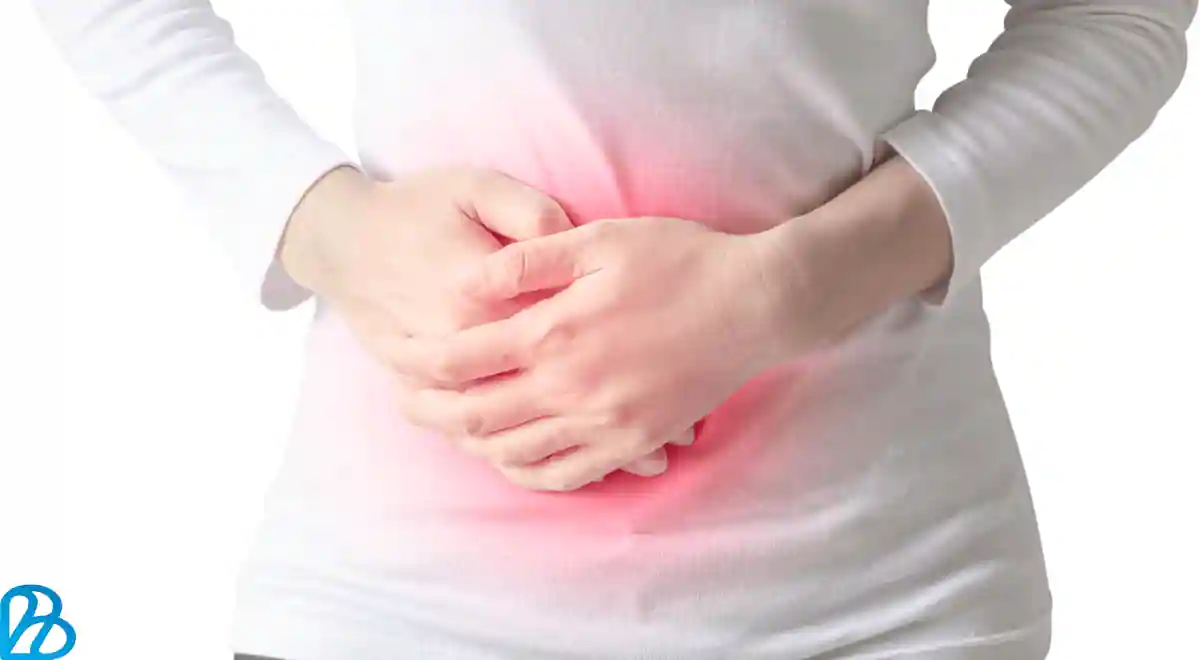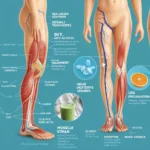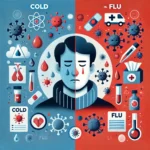As a preteen girl or the parent of one, the onset of the first period—menarche—can be an intimidating prospect. Understanding the physical and emotional signs that signal its approach is the first step to demystifying this natural part of female development. The author designed this instructional post to unravel the mystery of menarche, detailing the tell-tale signs that a girl’s first period may be on the horizon.
Preparing preteen girls and their support systems for this significant milestone empowers them to navigate this transition with knowledge and confidence.
Introduction-
What are Signs of your First Period? is a common question that many young girls have as they approach puberty. It’s important to know that every girl’s body develops at its own pace, and there is no one “right” age to start menstruating. However, some common signs indicate the onset of your first period, such as breast development, pubic hair growth, and vaginal discharge. By understanding these signs and knowing what to expect, you can be better prepared for this important milestone.
What are Signs of your First Period
The first menstrual period is more than just a biological event; it signifies the start of a new phase of life. Recognizing the signs leading up to this milestone is essential to ensure that the preteen girl and her support system are well-prepared for the changes.
Recognition of these signs paves the way for open discussions on health and provides the necessary tools to manage menstruation healthily and comfortably.
Understanding the Menstrual Cycle
What are Signs of your First Period
Before delving into the specific signs of menarche, it’s essential to grasp the menstrual cycle basics. The cycle of menstruation prepares a woman’s body for pregnancy. It occurs monthly. In ovulation, The ovaries release an egg, and The uterus thickens its lining with more blood and tissue in anticipation of a potential pregnancy. If the egg isn’t fertilized, the body sheds the lining and the unfertilized egg during menstruation.
Understanding the purpose of the menstrual cycle — to prepare the body for potential pregnancy — is the foundation for comprehending the importance of recognizing its signs and symptoms.
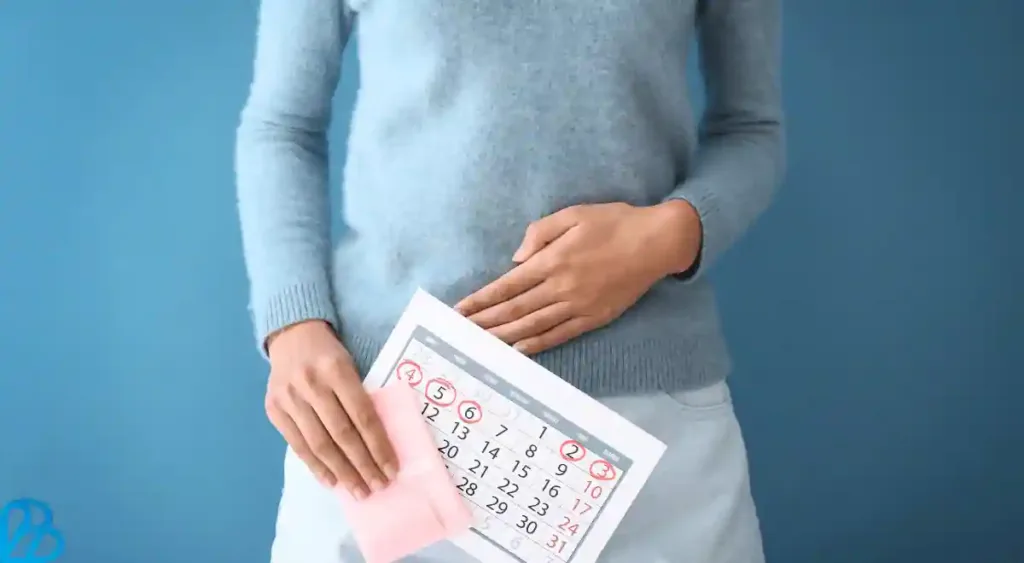
Preparation and Education
Preparation is essential. When it comes to menstruation, knowledge is power. Educating preteen girls about their menstrual cycle, body changes, and menstrual hygiene is crucial. Health education should begin before menarche, with ongoing, open communication between the child and parent/guardian to discuss any questions or concerns.
For health educators and school systems, providing age-appropriate resources and creating safe spaces for discussion can help young girls feel more comfortable about this upcoming life event. Resources can be utilized, from books and websites to talks with healthcare professionals. Efforts should focus on normalizing menstruation and fostering environments where girls feel supported and able to manage their periods with confidence.
Physical Signs
Physical changes often precede the first period. Here are some of the most common physical signs to look for:
– Breast Development
Breast “buds” development is one of the first visible signs that a girl’s body prepares for menstruation. It typically occurs around two years before the first period.
– Growth of Pubic Hair
Like breast development, the growth of pubic hair (and sometimes underarm hair) indicates that menstruation may be approaching. It usually happens several months before the first period.
– Body Odor
A shift in body odor is another early indicator. Preteens may notice increased sweat and a characteristic body odor as hormonal changes occur. It’s important to discuss personal hygiene at this time to ensure that girls are comfortable managing these changes.
– Acne
Hormonal changes can also lead to increased oil production, which may result in acne. Recognizing and addressing this change can help in managing the new experience.
– Increased Vaginal Discharge
A white or clear vaginal discharge is normal and healthy, as it helps to keep the vagina clean and prevent infection. Before the first period, girls may notice an increase in this discharge.
Emotional and Behavioral Signs
The approach of menstruation can also bring about emotional and behavioral changes. Some of the most common include:
– Mood Swings
Hormonal fluctuations can lead to mood swings, with preteens experiencing a more comprehensive range of emotions, sometimes unexpectedly.
– Irritability
Heightened sensitivity and irritability can be a part of the hormonal changes, leading to increased tension and shorter tempers.
– Heightened Emotions
While emotional changes are expected, it’s vital to remind preteen girls that these feelings are typical and part of the natural process of becoming a woman.
Other Signs and Symptoms
Beyond the observable physical and emotional signs, there are additional symptoms that can serve as indicators of the first period, such as:
– Abdominal Cramps
Mild cramping in the lower abdomen, similar to early menstrual cramps, can occasionally precede the period.
Also Read- Blood Sugar; 7 Diseases Were Linked to Diabetes and 10- Early Signs of Diabetes-

– Bloating
Some girls may experience bloating as the body retains more water during the menstrual cycle’s luteal phase.
– Headaches
Hormonal changes can sometimes trigger headaches, known as menstrual migraines, before and during the period.
– Fatigue
Feeling more tired than average indicates that the body is responding to changes in the menstrual cycle.
Also Read- Allergy Symptoms – 16 Signs You Should Not Ignore-
Preparing for the First Period
Education about the first period should also include practical preparation. Preteen girls should be aware of the necessary items and practices for managing menstruation:
– Essential Items to Have on Hand
Discuss the different types of menstrual products, such as pads, tampons, and cups, and ensure girls can access various options. Compiling a ‘period kit’ with spare pads, a change of underwear, and pain relief medication can provide comfort and preparation.
– How to Track Menstrual Cycles
Introducing preteens to period tracking can help them anticipate and schedule their first period. Period tracker apps or simple calendar marking can assist in identifying monthly cycles.
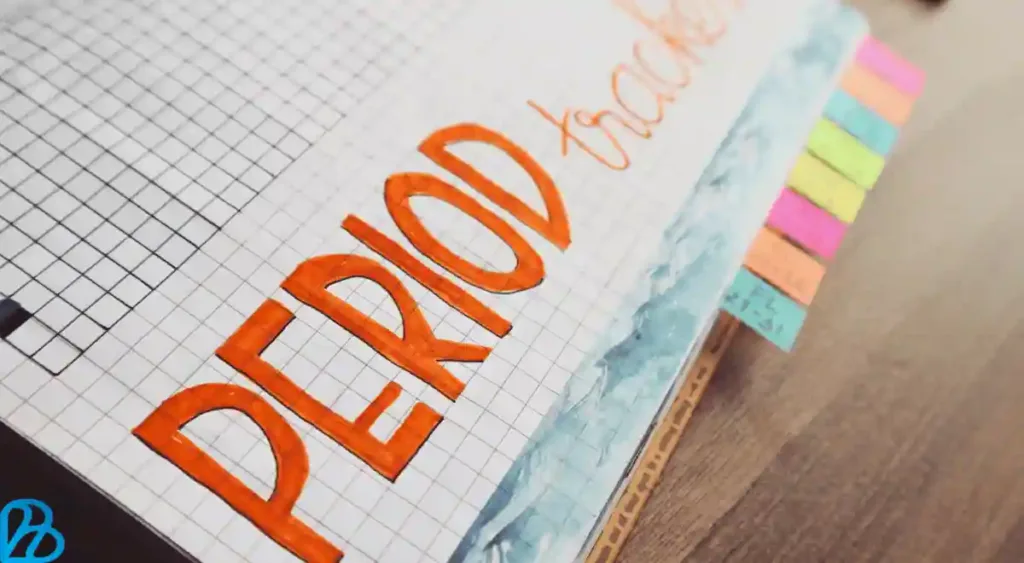
– Dealing with Discomfort and Pain
Understanding that menstrual cramps and other physical discomforts are common can help preteens manage expectations. Teaching relaxation techniques, proper nutrition, and taking over-the-counter pain medications can provide relief.
Also Read- Summer Glow Up | 8 Essential Beauty Guide for Glowing Skin this Summer-
Addressing Common Concerns
It’s normal for preteen girls to have concerns or misconceptions about their first period. Addressing this head-on will help to normalize the experience and reduce anxiety:
– Dispelling Myths and Misconceptions
Open communication is critical to dispelling any myths or fears related to menstruation. Ensure girls understand that periods are regular and that honest conversations about bodily functions are essential and healthy.
– Managing Embarrassment and Stigma
Discuss ways to manage any feelings of embarrassment or perceived stigma, such as carrying products discreetly and creating an open dialogue to share experiences and support one another.
– Normalizing the Experience
Encouraging the understanding that menstruation is natural and a normal part of growing up is crucial. To illustrate this point, please provide examples of how women worldwide manage their periods.
Conclusion
The first period is an essential milestone in a girl’s life, and it’s vital to approach it with preparation, knowledge, and open communication. By understanding the signs and symptoms leading up to menarche, preteen girls, parents, and health educators can work together to ensure a smooth and informed transition into the world of menstruation.
Empowerment and support are the cornerstones of this journey, and with the right tools, every girl can face this phase of her development with grace and under standing. For women, menstruation is a normal and healthy aspect of life, and It would help if you welcomed the start of the new stage as a community in harmony and celebration.
By addressing these physical and emotional signs of the first period and providing practical advice and support, we enrich the experiences of preteen girls and set the stage for a lifetime of menstrual health and well-being.
Hi there! I’m content writer and blogger. With over two years of experience, I’ve shared my passion for writing across various platforms. I firmly believe in the transformative power of words and look forward to sharing this journey with you. Enjoy my work!
